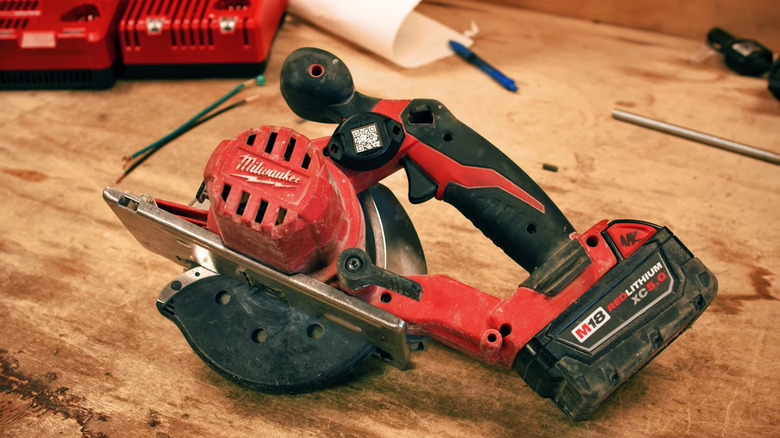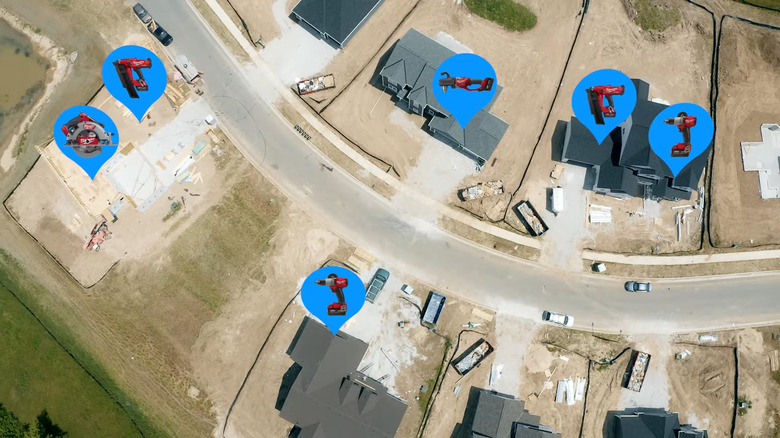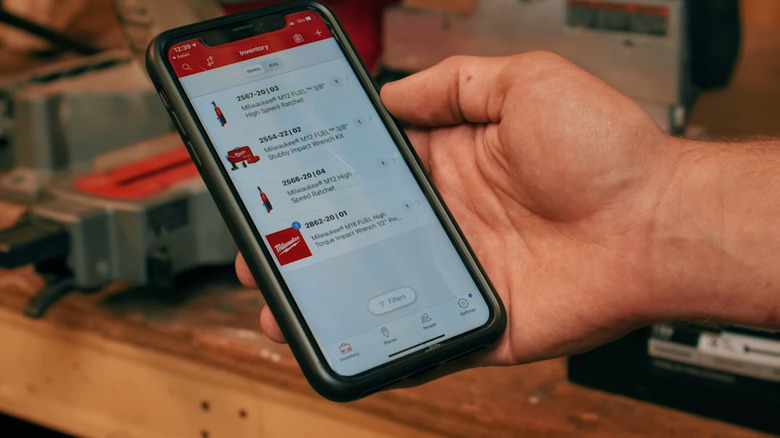Milwaukee Tools One-Key Explained: What Is It, And How Does It Work?
We may receive a commission on purchases made from links.
Whether you're running a small business with a group of fellow D.I.Y.-ers or managing a full-on construction operation, it can be a major headache keeping tabs on all of your tools when lending them out. People forget to sign things out, tools break or get misplaced, and you end up with a bunch of replacement forms to fill out. Construction may be a primarily labor-based pursuit, but that doesn't mean we can't make it a little more advanced.
This is why the Milwaukee Tool company introduced the One-Key system, a proprietary network of Bluetooth connections, smart features and customization, and work-minded software designed to not only help you keep track of all the tools in your project but use them to their absolute best effect. The odds are good that if you own at least one recently-made Milwaukee tool (a reciprocating saw, for example), you've already got the resources you need to integrate One-Key into your day-to-day operations and enhance them.
How does One-Key work?
All One-Key-enabled Milwaukee tools feature a small Bluetooth tag somewhere on their bodies. These tags can be directly connected to a local Bluetooth signal, or have their QR code scanned for information. If the tool you're using isn't One-Key compatible, you can also purchase standalone One-Key tags, which you can stick or hang on them to give them the same identifying functionality.
All of the tools are scanned using the One-Key mobile app. This app can be accessed on any Android or iOS mobile device, as well as on a computer via a web interface. This creates a digital database of every tool in your arsenal, which allows you to keep track of their current users and whereabouts. Basically, through the One-Key system, you can always immediately find out who's got a tool and what they're doing with it with a quick glance at your phone. It's certainly more efficient than an old clipboard in the office.
What can you do with One-Key?
So you've got all of your tools registered to One-Key, but the system isn't just for tracking the locations of your tools (though it is very good at that). One-Key can also be used to customize how your tools operate, assign them to individuals and workspaces, and keep a record of how their related jobs are going.
One tool may have different applications depending on the job you're using it for. A power drill, for instance, may need to rotate faster or slower to screw in or remove larger or smaller bolts. You can fine-tune a connected tool's parameters through the One-Key app, enabling special modes, adjusting speed, and controlling power.
The One-Key app lets you keep a living inventory of your registered tools and dole them out as necessary. You can have workers sign tools out through the app, divvy up multiple instances of the same tool for different jobs and worksites, and keep those who sign them out accountable for their whereabouts. You can also retain records of what the tools were used for and for how long, giving you an accurate readout of the progress of a job, even if you're not there to actually witness it.


